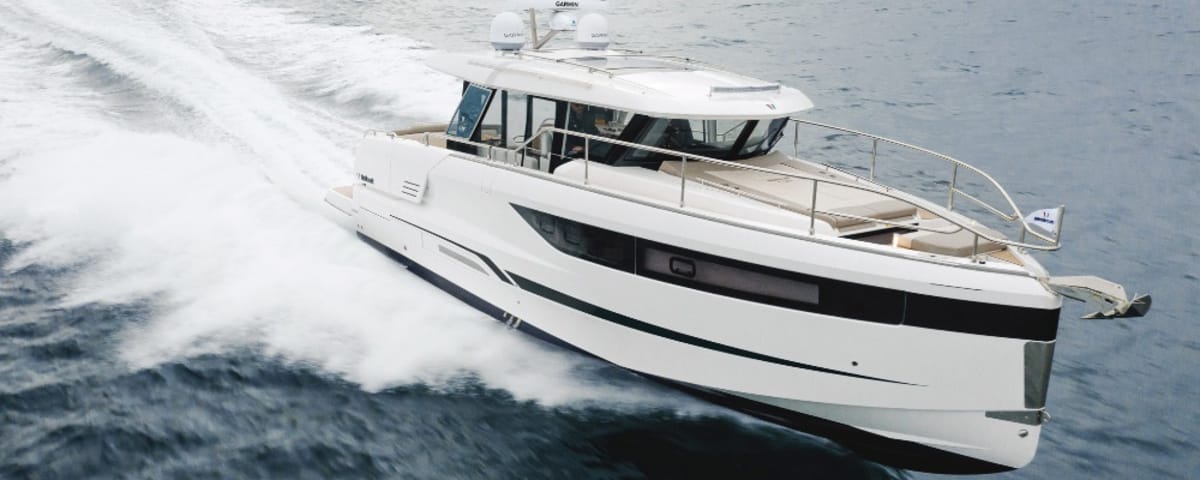Ace Your Boating License in a Week: A Comprehensive Guide
Obtaining your coastal boating license allows you to navigate at sea with a motorboat exceeding 6 horsepower, within a limit of 6 nautical miles from a shelter, approximately 11 kilometers from the coast. It’s also valid on certain enclosed inland waters like lakes and ponds. However, navigating rivers requires an inland waters license.
The examination consists of two distinct parts:
- A theoretical test in the form of a multiple-choice questionnaire (MCQ) with 40 questions, where you need at least 35 correct answers. The topics covered include buoyage, maritime signals, navigation rules, meteorology, and safety at sea.
- A mandatory practical training session lasting 3 hours and 30 minutes, supervised by a certified instructor. Unlike the theoretical test, this isn’t a formal exam but a continuous validation of acquired skills. You’ll need to demonstrate your ability to maneuver the boat, understand safety instructions, and apply navigation rules.
The goal is twofold: to pass the MCQ in theory and prove in practice that you can safely operate a boat. Let’s explore how to maximize your chances of success in just seven days.
1. Set a Deadline to Stay Focused
It’s crucial to establish a strict framework if you want to obtain your license quickly. We recommend setting an exam date early in your preparation to have a clear and precise objective. This deadline will force you to organize your schedule and maintain consistency in your revisions.
Enroll promptly with an accredited training center and reserve a spot for the theoretical test. This commitment will help you avoid procrastination and fully concentrate on your goal. Once the date is set, learning becomes more structured: you can organize your revisions efficiently and balanced throughout the week.
2. Build a Foundation to Avoid Information Overload
Attending the training without any prior knowledge can be counterproductive. The exam covers numerous subjects, and the amount of information to assimilate in a short time can be overwhelming. Therefore, familiarize yourself with the essential concepts before starting the training.
You don’t need to master everything from the outset, but acquiring some initial understanding will help you better absorb the concepts covered in class. Focus on the following basics:
- Maritime buoyage and right-of-way rules between vessels
- Sound and light signals
- Fundamentals of marine meteorology
- Main safety equipment onboard
Consult the training booklet provided by your center and watch explanatory videos. These resources will help you feel more comfortable from the start of the courses and avoid feeling overwhelmed by information.
3. Vary Learning Methods for Better Retention
Avoid limiting yourself to a single learning format. By combining multiple resources, you’ll assimilate concepts faster and more durably.
Training manuals are essential, but reading them can sometimes be dense and laborious. To supplement, use educational videos, especially to visualize complex concepts like buoyage or right-of-way rules.
Practice on online platforms offering interactive MCQs. These tools will allow you to become familiar with the typical exam questions and identify your weak points to work on. Many mobile apps dedicated to the boating license are available and offer the opportunity to revise anywhere, whether on public transport or during breaks.
Finally, systematically note the errors you make during practice to better understand them and avoid repeating them on exam day.
4. Practice the MCQ as if You Were Already in the Exam
The coastal license theoretical test contains tricky questions, and simple inattention can easily cost you a point. Practice as much as possible with MCQ series similar to those of the official exam.
To be perfectly comfortable, complete at least 500 questions before the big day. Start with short series of ten questions, then gradually increase to complete series of 40 questions, under real exam conditions.
Analyze your mistakes systematically. Don’t just answer the questions; understand why an answer is correct or incorrect. Pay particular attention to the most frequently misunderstood concepts, such as priorities between vessels or sound signals.
5. Anticipate the Practical Training to Avoid Being Caught Off Guard
Even if the practical training doesn’t end with a final exam, it’s still a crucial step. Some candidates struggle to get their validation due to a lack of preparation. Anticipate this test as much as possible.
If you have little or no sailing experience, watch videos explaining the main maneuvers required, such as docking, turning around, or recovering a man overboard. These resources will help you better visualize the actions to take and gain confidence.
On the day of the training, adopt a proactive attitude. Ask your instructor questions, show your commitment, and get involved in each exercise. Active participation will not only help you better assimilate the required skills but also reassure your instructor about your seriousness and ability to navigate safely.
A Week of Intensive, But Effective, Preparation!
Day 1-2: Familiarization with the program, initial MCQ tests
Day 3-4: Intensive revisions with different resources, practice of tricky questions
Day 5: Extensive training, series of MCQs under real conditions
Day 6: Theoretical exam
Day 7: Practical training and validation
By applying these tips and committing seriously to your preparation, you’ll maximize your chances of success and obtain your boating license in record time. You’ll be ready to take to the sea with confidence, equipped with the skills and knowledge necessary to navigate safely.
Before heading out to sea, remember to check the weather forecast.
Enjoyed this post by Thibault Helle? Subscribe for more insights and updates straight from the source.


